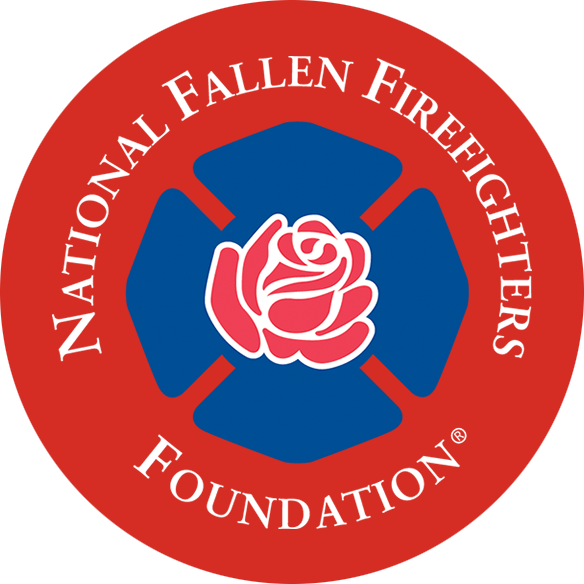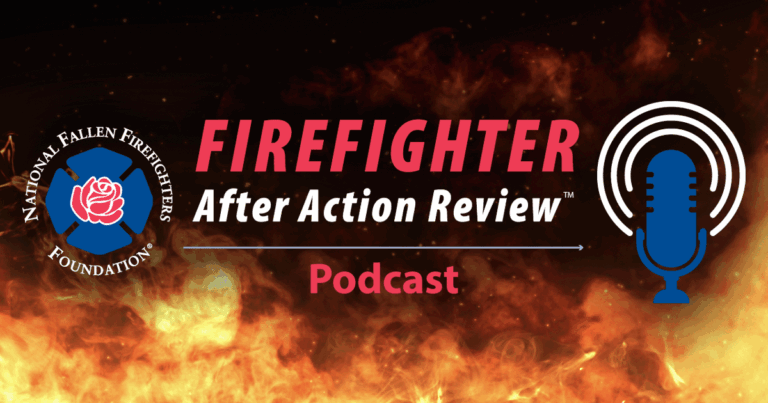John H. Oates
Fire Chief, East Hartford, CT
They are mostly known by a single name: Columbine, Virginia Tech, 9-11, and now, Newtown and Webster. These significant events, shootings, violence of unfathomable magnitude can take years to overcome, if ever. Within each incident, among the sad, injured, and distraught is a common image: a fire engine. There would not be a fire engine if not for a firefighter.
As firefighters, we are called upon every day to provide assistance to a wide range of incidents. Occasionally, in our efforts to help others, we become the victims of violent events, resulting in injury or even death. From violent crimes in our neighborhoods to terrorist attacks on a grand scale, the risk to firefighters seems to be increasing. Recent events in Connecticut and western New York have renewed our focus on decreasing that risk.
Firefighter Life Safety Initiative 12 (FLSI 12) states that “National protocols for response to violent incidents should be developed and championed.” Following the 2004 and 2007 Firefighter Life Safety Summits, efforts were made to develop a national protocol for responding to violent incidents. Communities and groups have taken steps to specifically address the issue on local and national levels. Even with that effort, there remains an absence of response protocols for violent incidents in many fire departments.
Recognizing that progress had been limited, the National Fallen Firefighters Foundation convened a focus group on March 9-10, 2012 in Anne Arundel County, Maryland. Thirty-five participants representing 29 organizations attended. The participants were selected based upon their research and work in the area of response to violent incidents by emergency response personnel.
On the first day, the discussions reflected the general sense that violent acts against first responders are underreported. Anecdotal evidence abounds; hard data is lacking. One of the challenges at the core of this issue is defining a “violent act.” The discussions revealed a diversity of perspective and viewpoint. One person may consider being punched or kicked by a rowdy patient as a violent act. Another may think such incidents are just part of the job. Consequently events like these may be unreported.
But developing a definition and disseminating reports of our response to violent incidents is just the starting point. How to respond quickly and effectively to violent incidents is a considerable concern. Many violent incidents that firefighters respond to begin as a ‘typical’ call; an ‘unknown’ injured party, a response to extinguish an outside fire, even injuries from an assault are calls that fire departments respond to each and every day. Too many times these responses turn violent. The solution to protecting our firefighters, while serving the public, lies in the experience of those who have survived a violent event.
A significant portion of the focus group work was presentations by representatives from several fire departments who had responded to the outcome of a violent incident. These included the Columbine High School shootings, the tragic shooting of a Lexington, Kentucky fire department lieutenant and several civil disturbances including gunfire at a fire department headquarters. Participants heard about actions implemented in each jurisdiction following their incident. These outcomes and changes were dissected to understand how these, or similar, steps could be incorporated into national protocols.
After listening to each presentation and contemplating the circumstances surrounding each event, the group began developing a path forward. What started as nine recommendations in 2007 are now 14 recommendations and conclusions that are guidelines for the fire service to reduce the risk of serious injury or death in potentially violent situations. This set of recommendation is available here. Within those recommendation is a Preliminary Checklist When Confronted with a Violent Incident. It is hoped company chiefs, fire officers and firefighters will use this as a guide.
Despite our efforts it is apparent that many departments still do not have a policy for responding to violent incidents. The group proposed that all departments should have a policy in place for handling or responding to a violent situation. Several policy examples are available on the Everyone Goes Home® web page, www.everyonegoeshome.com. Departments should not delay creating and implementing a policy that is realistic for their jurisdiction.
The group made two final points. First, an After Action Review is critically important after every call, including response to violent incidents. Capturing information and sharing it throughout your organization sets the path for improvement. Second, but certainly no less important than the others, is a process to deal with the after effects. Responses to violent incidents, particularly those that injure or kill a member, create long lasting mental images. A behavioral health model that meets the latest NFPA 1500 requirements must be available to all department members.
As firefighters, we must be well prepared for any event, including life-threatening and violent situations. The recommendations outlined in the Firefighter Life Safety 12 Final Report – along with all the other FLSI Reports – are a must-read for everyone in the fire service.
The events of the previous few weeks should bring clarity and focus to this effort. Your community is not immune. No fire department is so well prepared that they cannot benefit from further work. Even a ‘typical’ call can deteriorate into a violent incident. Take the time to ensure your members, company, station, or department is better prepared tomorrow than they are today.
To read the full report, click here
Downloads (PDF):




